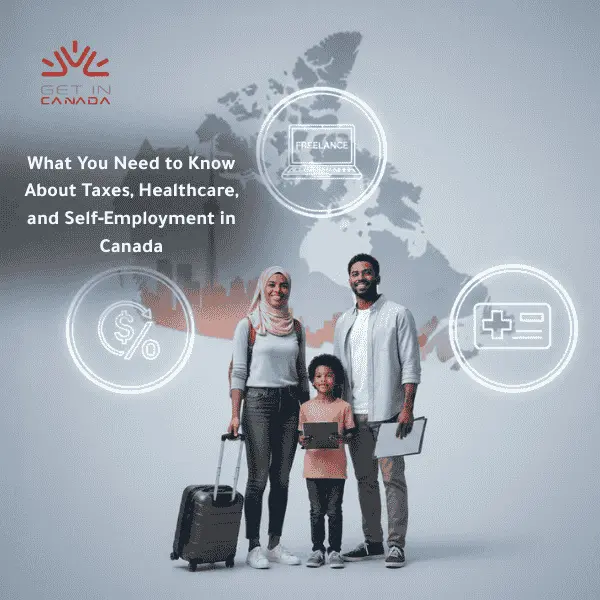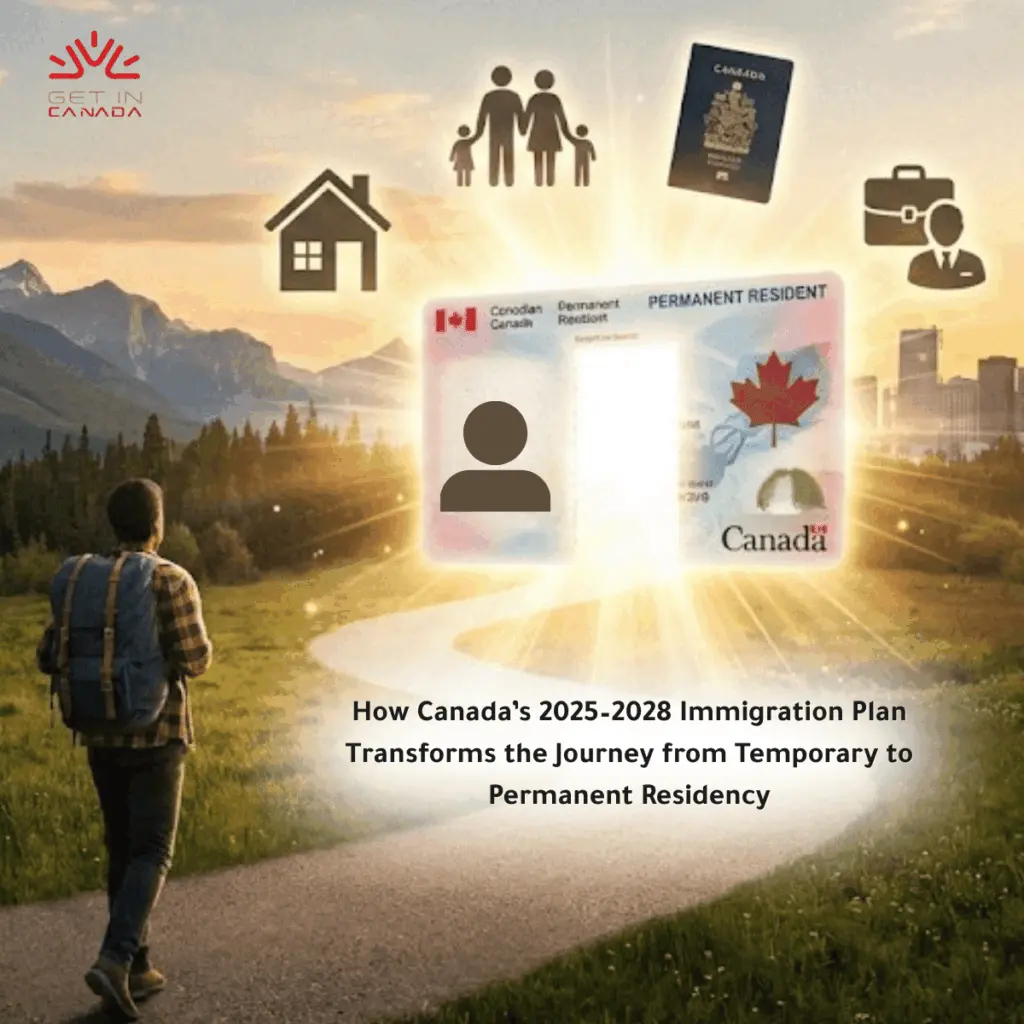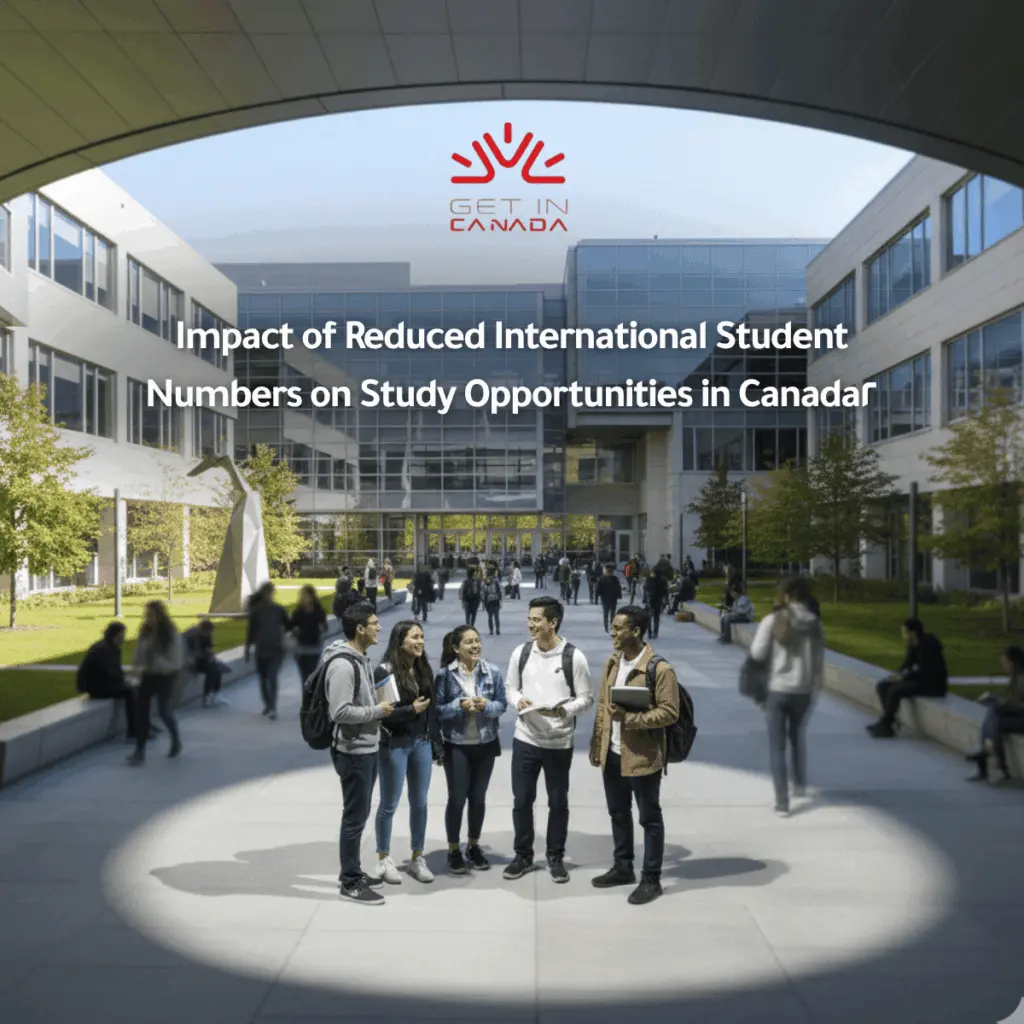Regions in Canada facing a reduction in temporary foreign workers
On August 26th, Employment and Social Development Canada (ESDC) issued a memo that it will pause processing LMIAs for the low-wage stream of the TFWP in Census Metropolitan Areas where the unemployment rate is 6% or higher. ESDC has not identified specific regions, but data from Statistics Canada may provide some general clues as to which areas suffer from such issues.

Which parts of Canada might be affected by new TFWP restrictions?
Some of these CMAs may be affected by the ESDC’s recent decision since their unemployment rate is 6% and above according to the latest Statistics Canada data as of September 6th:
- Windsor, Ontario: 9.8%
- Toronto, Ontario: 8.6%
- Oshawa, Ontario: 8.5%
- Edmonton, Alberta: 8.5%
- Calgary, Alberta: 7.6%
- Kitchener-Cambridge-Waterloo, Ontario: 7.6%
- London, Ontario: 7.5%
- Hamilton, Ontario: 7.4%
- Montréal, Quebec: 7.3%
- St. John’s, Newfoundland and Labrador: 7.2%
- Ottawa-Gatineau, Ontario: 7.1%
- Ottawa-Gatineau, Quebec: 6.9%
- Regina, Saskatchewan: 6.8%
- Saint John, New Brunswick: 6.8%
- Abbotsford-Mission, British Columbia: 6.7%
- Kingston, Ontario: 6.6%
- Trois-Rivières, Quebec: 6.5%
- Winnipeg, Manitoba: 6.3%
- Brantford, Ontario: 6.3%
- Greater Sudbury, Ontario: 6.2%
- Halifax, Nova Scotia: 6.1%
- Barrie, Ontario: 6.2%
- Vancouver, British Columbia: 6.2%
Although these areas satisfy the criterion, it was not possible to ascertain definitively from the data whether they are to be included in the suspension or not, which is at the discretion of ESDC.
Find out if you are eligible to get in Canada →
What is a Census Metropolitan Area (CMA)?
A Census Metropolitan Area (CMA) is typically described as a region comprising one or more neighboring municipalities, all of which are directly linked to the core urban area. This honour is granted by the results of the newest Census of Population Program carried out. Thus, to constitute a CMA, many of the surrounding municipalities have to have proper economic and social integration with the core area, usually in terms of commuting.
While a CMA retains status even if the population becomes less than numbers as per the initial criteria of Census Agglomerations (CAs). This is the reason why one cannot compare the CMAs with individual cities because they are not correlated. For example, Toronto CMA includes Toronto—the first in size by population among Canadian cities—and Mississauga—the seventh.
What does it mean that Canada is decreasing the number of TFWs in some sectors?
Canada’s recent decision to limit the employment of TFWs in certain areas was made due to the recent rise in criticism over the program for temporary residents in general that do not include immigrants, tourists, and students, but workers on TFWs as well.
In March, Employment Minister Randy Boissonnault and Immigration Minister Marc Miller introduced a novel concept by linking temporary resident numbers to the Immigration Levels Plan. A primary reason behind this move is to tackle significant domestic issues on affordability and housing.
Among these measures, Minister Boissonnault mentioned another measure that sought to reduce the reliance of Canadian employers on TFWs during the same press conference. Compliance was also an issue, and the frequent use of the program could lead to wage suppression.
Moreover, these changes in policies implemented due to the COVID situation indicate that ESDC is still aiming at adapting itself to COVID fronts, taking into consideration future changes in the TFWP policies in meeting the dynamics of Canada’s new labour market after the COVID period.
Canada’s decision to cut down temporary foreign workers in some areas has economic and housing concerns and cuts down the regulations surrounding labour markets. Although the zones that will be affected are still unknown, areas that can be influenced are determined by the data available. Essentials before a given change of policy will be of importance to several parties, including employers and immigrants, making it rather vital for those involved to be in touch with the current existing changes.











